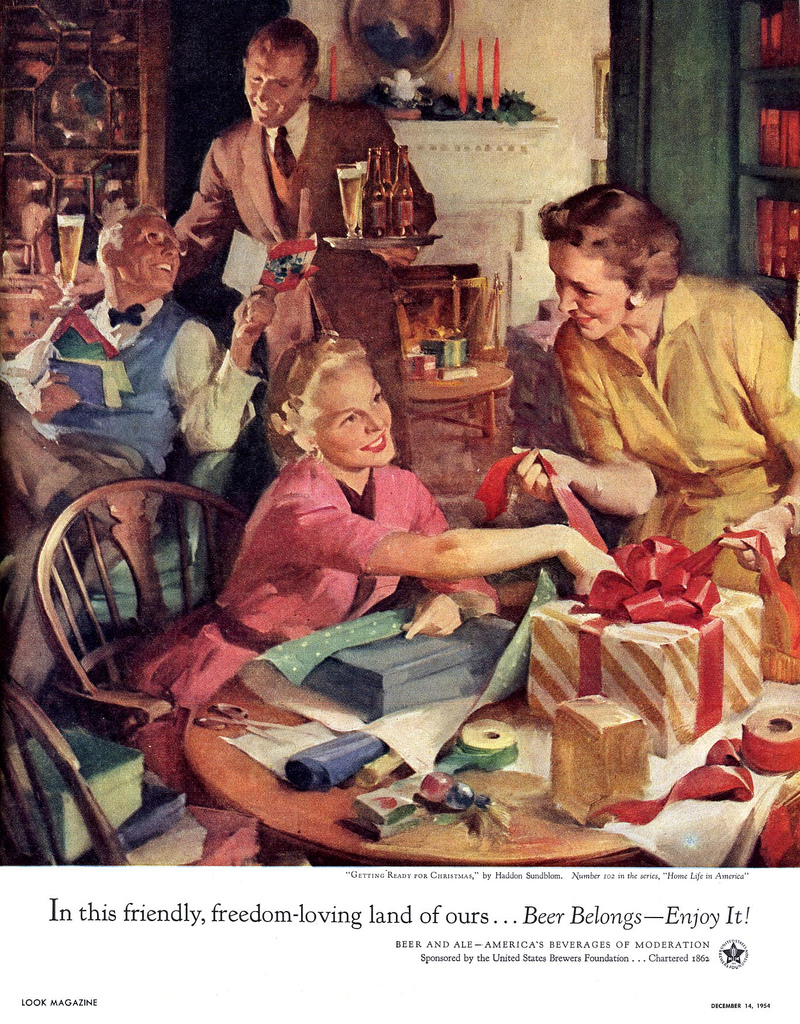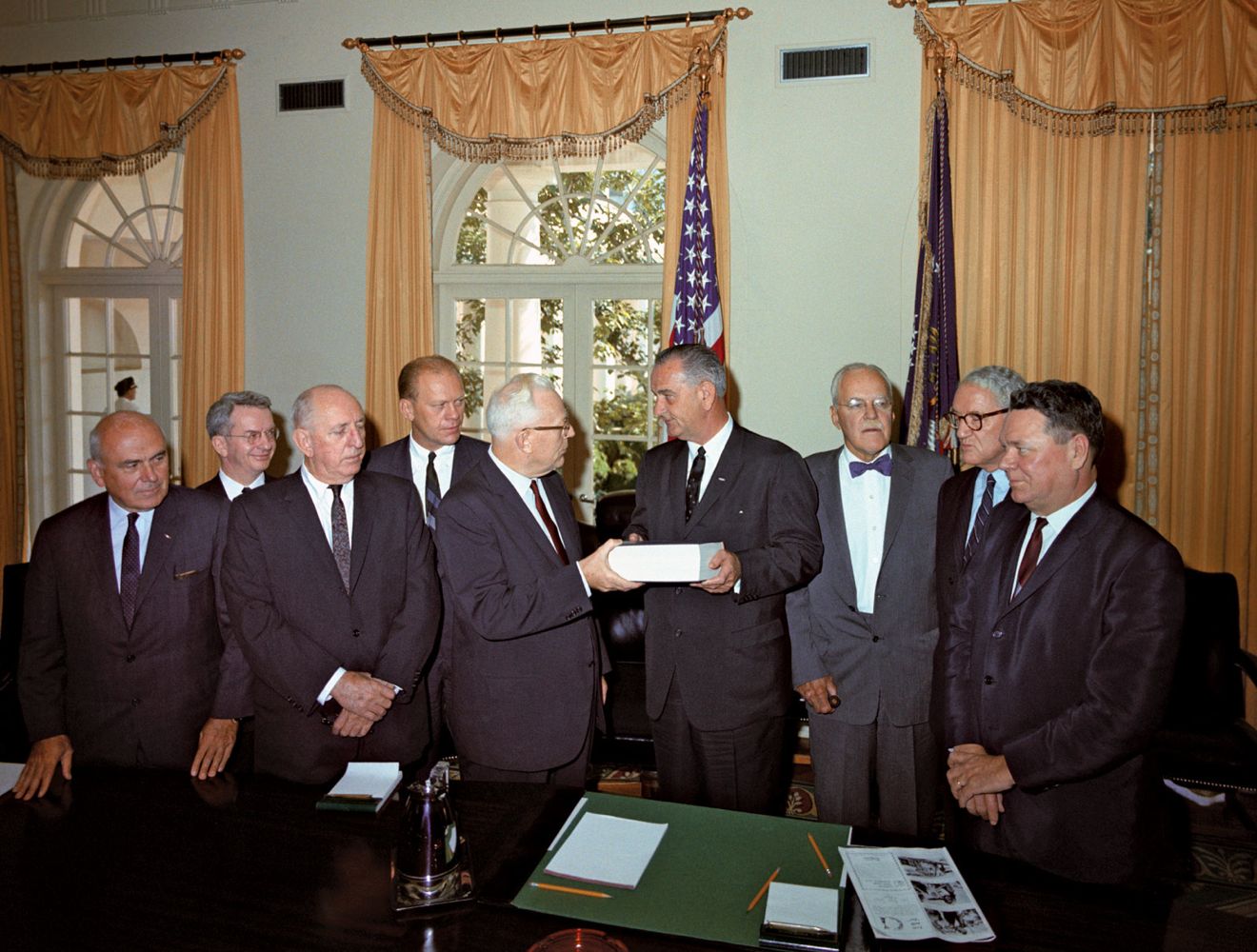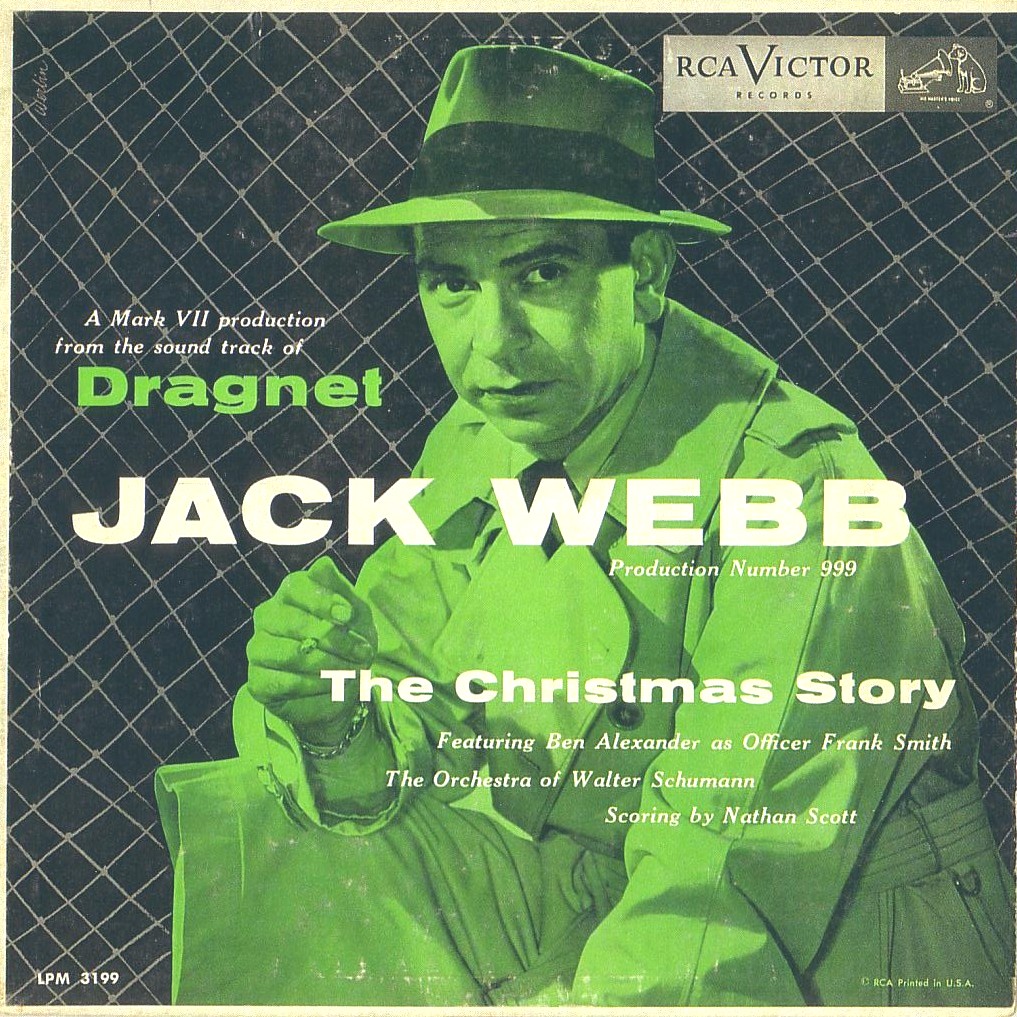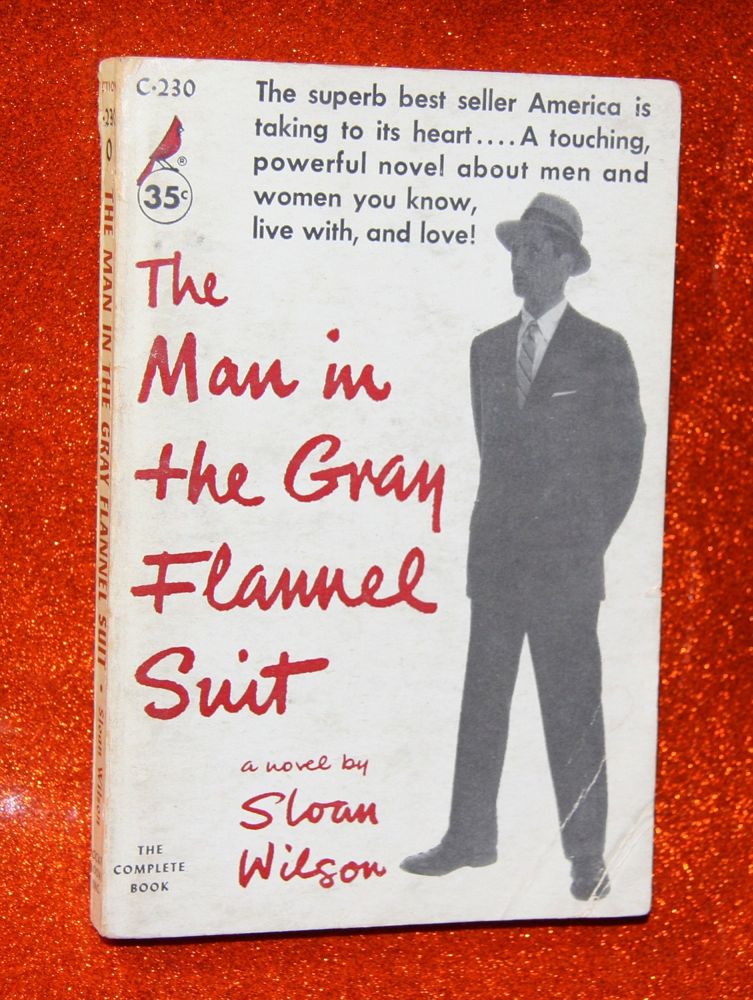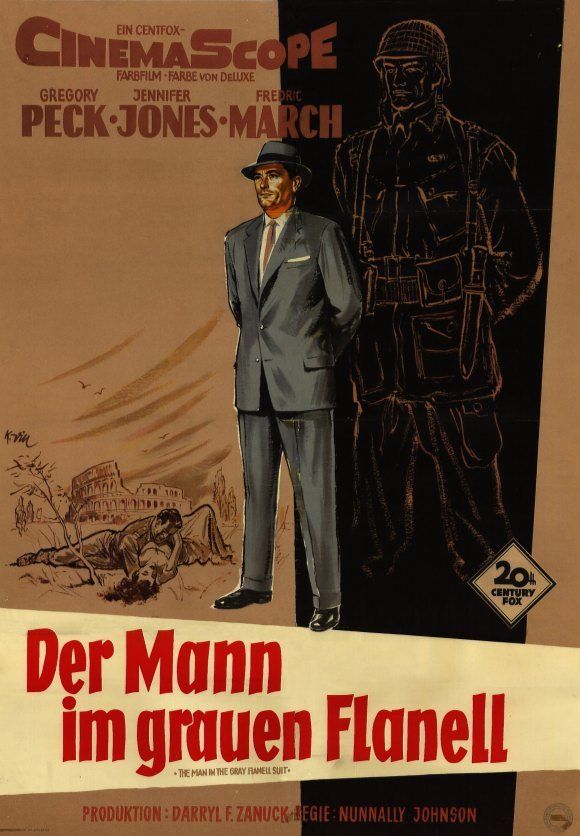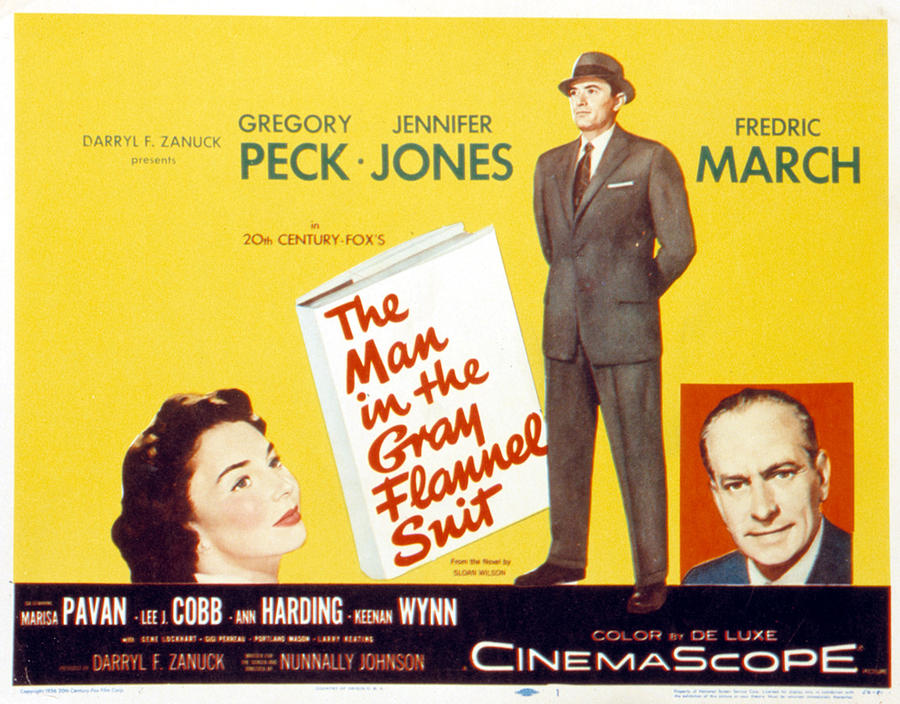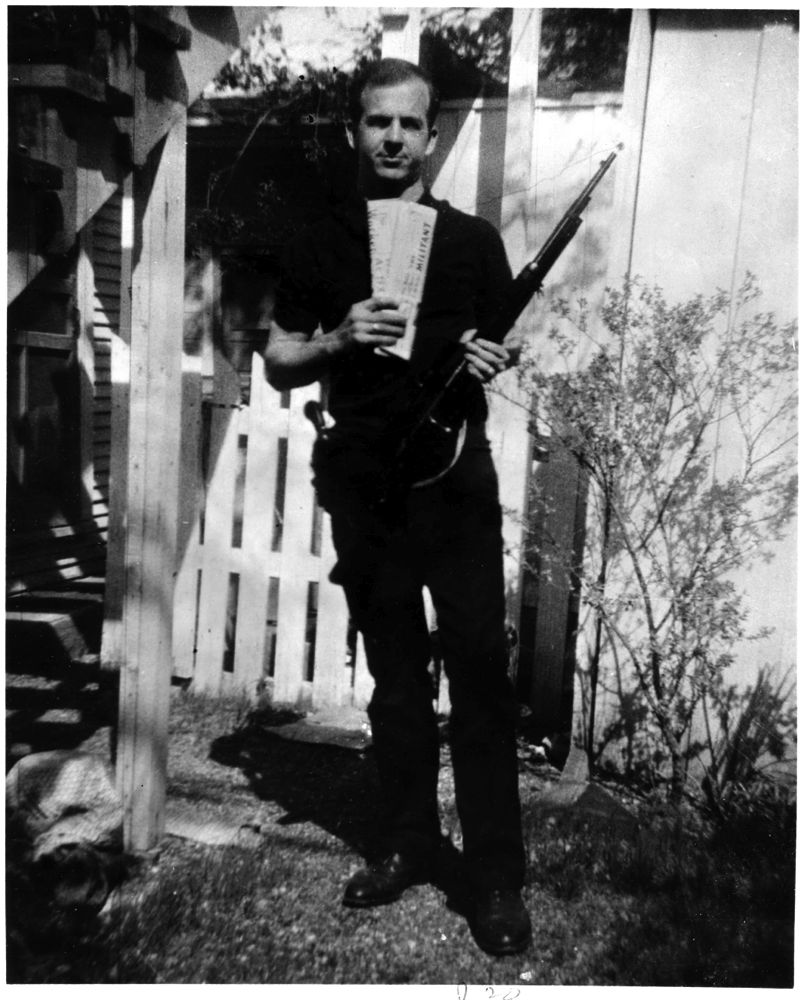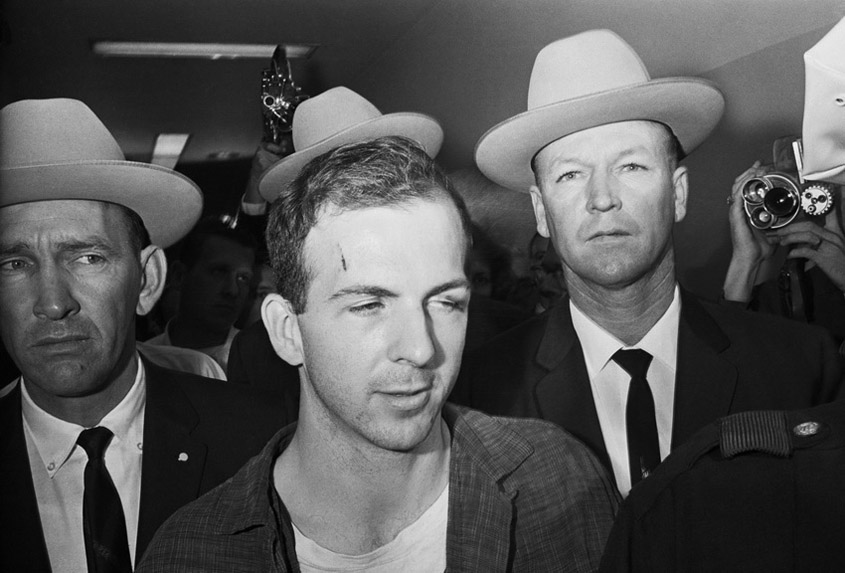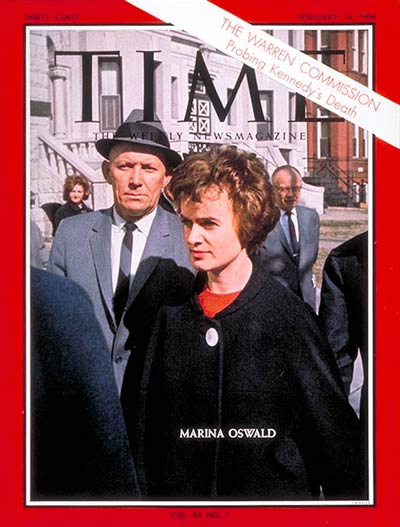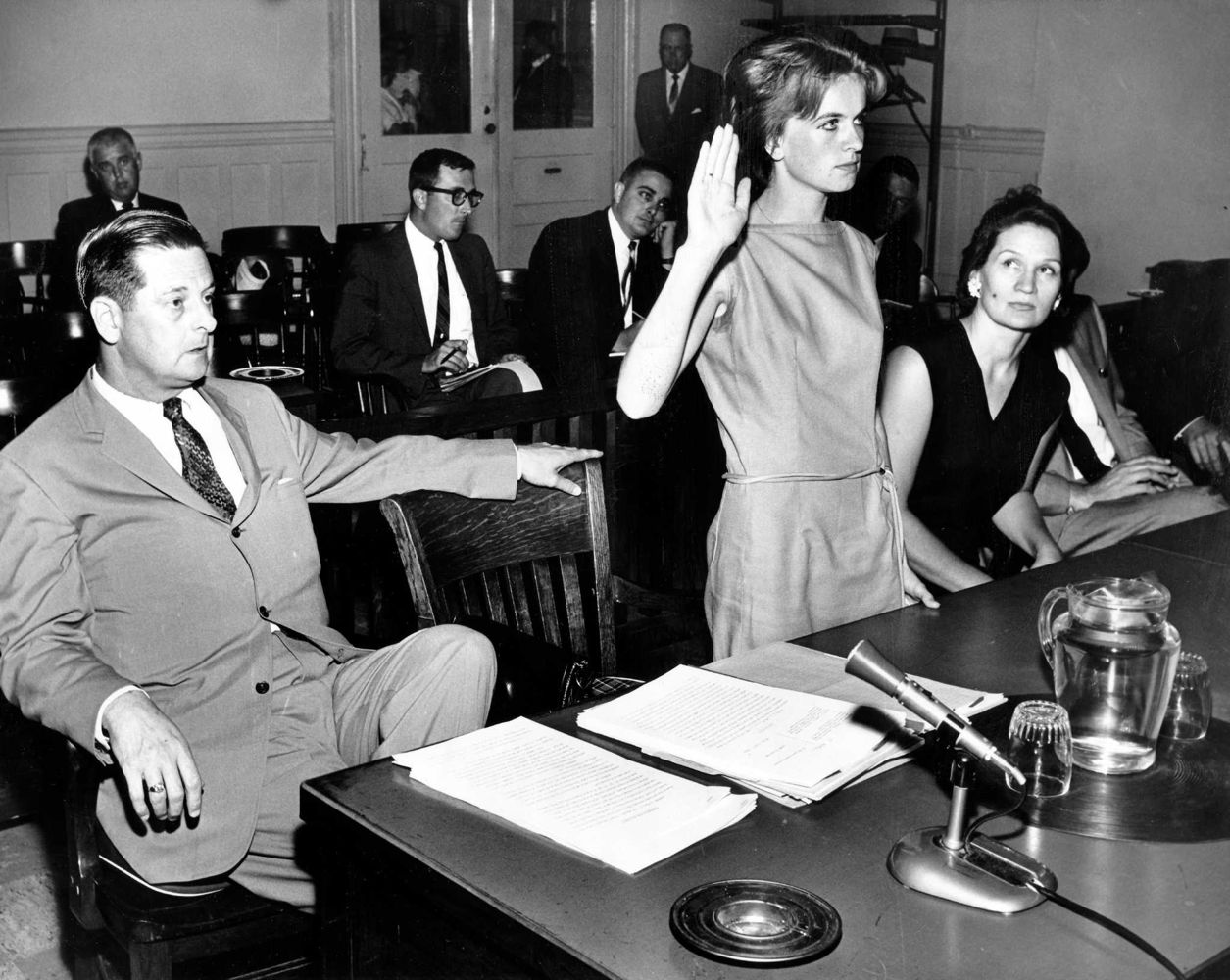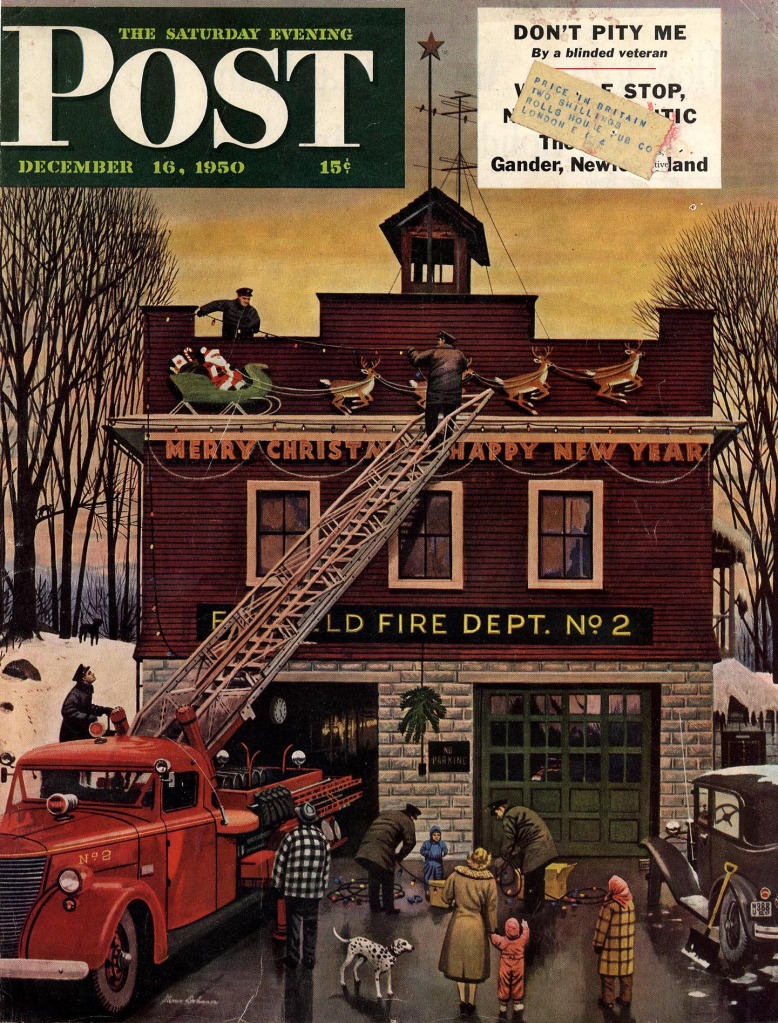HOT OFF THE PRESSES!
Paul Zahl is a Christian preacher and theologian, but here he ranges beyond his own faith to examine the world’s religions — using an intriguing way into them, to wit:
Imagine you have ten minutes to live. You’re in a near-death situation, like the patient who’s being operated on and suddenly finds himself looking down on the action as the doctors try to save his life. What do you need to know when your life’s end is near? What is there to know? What can this religion or that religion say to you when you really need some light? PZ’s Panopticon weighs the world’s organized religions, such as Christianity and Islam, Hinduism and Buddhism; but it also weighs “dead” religions like those of the Aztecs, the ancient Egyptians, and the Greeks and Romans. There are also religions that are not called religions, like money and fame and sex; family and your children; ideology; and power. PZ’s Panopticon is a wild ride. But it’s part of a trip we are all going to take.
You can buy it here.
Click on the image to enlarge.
A MAGAZINE AD FOR TODAY
FROM THE WARREN COMMISSION REPORT
In Warren Commission testimony about Oswald’s time in Russia, there are some condescending and sarcastic asides about the Soviet government’s practice of routinely intercepting private communications within its borders — the attitude being, well, that’s what you’ve got to expect from a totalitarian system.
Yep.
Click on the image to enlarge.
AN LP COVER FOR TODAY
POST TRAUMATIC STRESS DISORDER IN SUBURBIA
PZ offers some thoughts on a novel and a film that have been regularly misunderstood, or at least mischaracterized:
The Man in the Gray Flannel Suit
This is an interesting movie (1956) and a very interesting book (1955). Sloan Wilson, a master novelist who understood marriage and men, wrote the novel. Darryl F. Zanuck produced the movie, and Nunnally Johnson scripted it and directed it. It starred Gregory Peck and Jennifer Jones.
Tom Rath, the gray-suited Westport commuter of The Man in the Gray Flannel Suit, is carrying inside himself absolute shock at the things he had to do in France in l944 and the losses he suffered in the Pacific right after that. No one knows this about Tom Rath — he is taciturn and diffident, like many survivors of that war. Not even his wife knows. There is another aspect, too, of his time overseas that returns to haunt him. Nothing can be compartmentalized, even on the New Haven Line.
The Man in the Gray Flannel Suit is a truly explosive novel and movie, nuclear but also abreactive. It is not about conformity. It is about engaging pain. Fortunately, Tom and Betty Rath do engage the pain. They are enabled somehow to go into it, rather than shy away from it. They are literally saved by a kind of confrontation with their suffering. Their story is almost ennobling.
When you think about the Eisenhower years, or if you have experienced a trauma since the Eisenhower years — like maybe last week — you could learn from Sloan Wilson. You could get something out of quiet Tom and not-so-quiet Betty Rath. Life’s acuteness forces them to go towards, not suppress and flee — like my own tendency, for example. It is not exactly “fight or flight” in the Raths’ case. But it’s certainly not flight.
While you’re at it, read Sloan Wilson’s Georgie Winthrop (1963) — the year of the Great Event we’ve been recently remembering. Poor George Winthrop. He is not allowed off the hook either. But he comes into something, too. Something good. Or at least, survivable.
[PZ also points out a telling difference between the U. S. and the European advertising art for the film. In the German poster above, the context of the tale is emphasized by the ghost of the soldier he once was standing behind and towering over the figure of Peck. In American advertising art, this ghost figure did not appear. This suggests that American audiences would not have been immediately attracted by an image of PTSD haunting returned American soldiers. That subject had to be treated obliquely, in the guise of crime thrillers, for example, in the film noir tradition, or in the guise of a tale about “suburban conformity”.]
SHAKE A BONE
GIFTS WRAPPED AND UNWRAPPED
THE ROSE OF THE WORLD
POSING
This photograph of Lee Oswald posing with a rifle similar to the one that killed John Kennedy (and discovered on the sixth floor of the Texas School Book Depository) was found on the day after the assassination in a house where Marina Oswald was living at the time and which Lee Oswald visited on weekends. Most of their belongings were stored at the house.
Marina said she had taken the photo along with several others, including a second one that was also recovered at the house as a negative. This negative of the second photograph was definitely taken with a camera the Oswalds owned, also found at the house in question. Since the negative of the photograph at the head of this post was not found, an ironclad link to the camera in question could not be established, though it clearly belonged to the same series of photographs.
Oswald claimed, along with many others since, that the photos were faked. An FBI documents examiner at the time stated that they were not faked, and that if they were the job would have involved state-of-the-art technology and expertise as it existed at the time.
Later tests have come to conflicting conclusions, though the most convincing of them have found the photos were not doctored.
The photo at the head of the post, if authentic, is highly incriminating. In order to believe that it is not authentic, one has to assume that someone, prior to the assassination, took a series of photos in the location pictured, the backyard of the house where Marina was living, using the camera the Oswalds owned, that they were then doctored by a highly sophisticated expert and planted in the home, and that Marina was persuaded to lie about having taken them.
Marina was at first reluctant to believe that her husband had assassinated JFK, later decided that he probably had, and still later came to the conclusion that he hadn’t, or hadn’t acted alone.
Throughout all this she has never denied that she took the pictures in question, though denying this would be the best evidence possible that her husband was what he claimed to be, a patsy.
Click on the image to enlarge.
NOW
ONCE IN THE YEAR
. . . it is not thought amiss to call on our neighbors and sing out like this.

